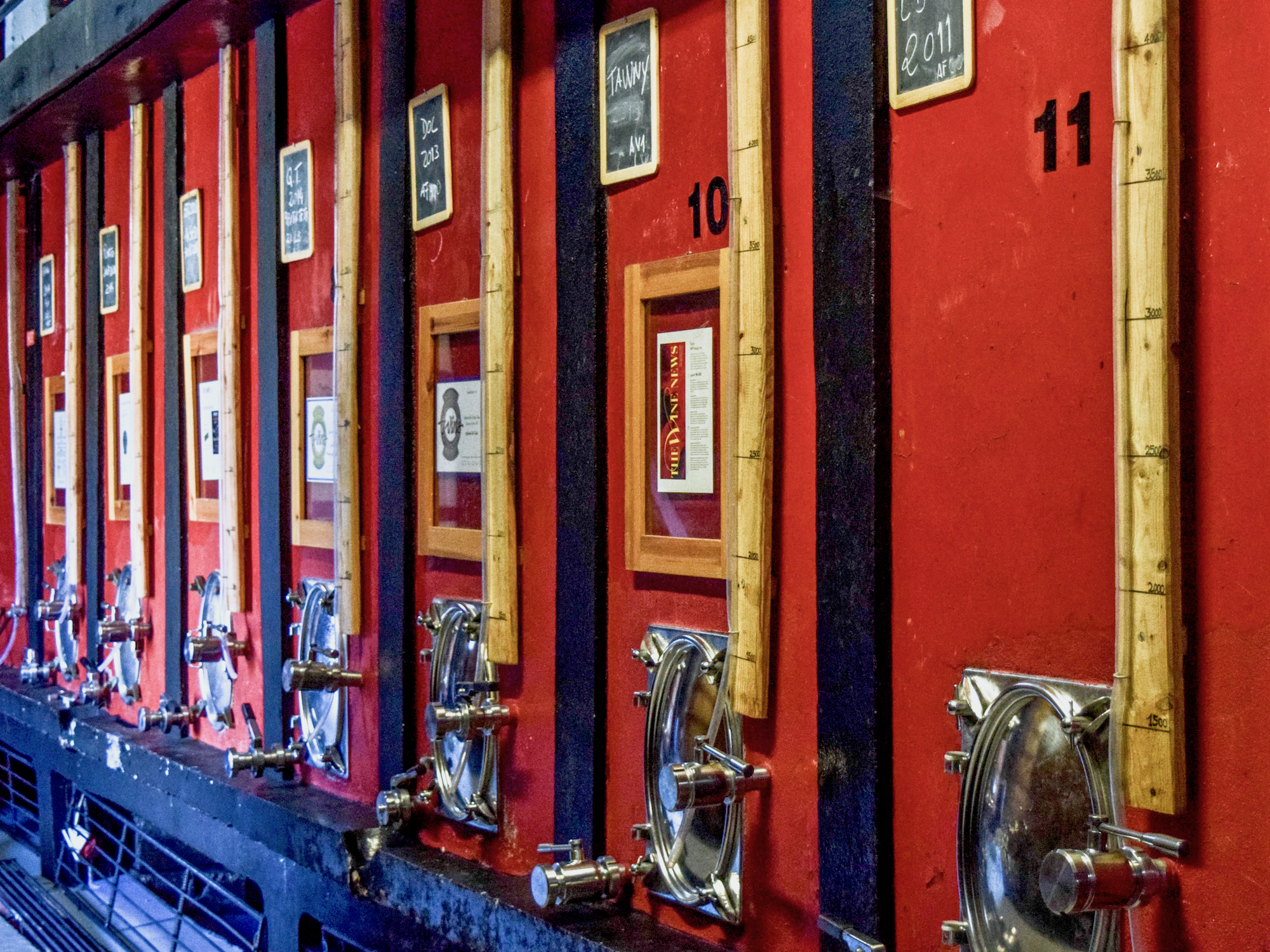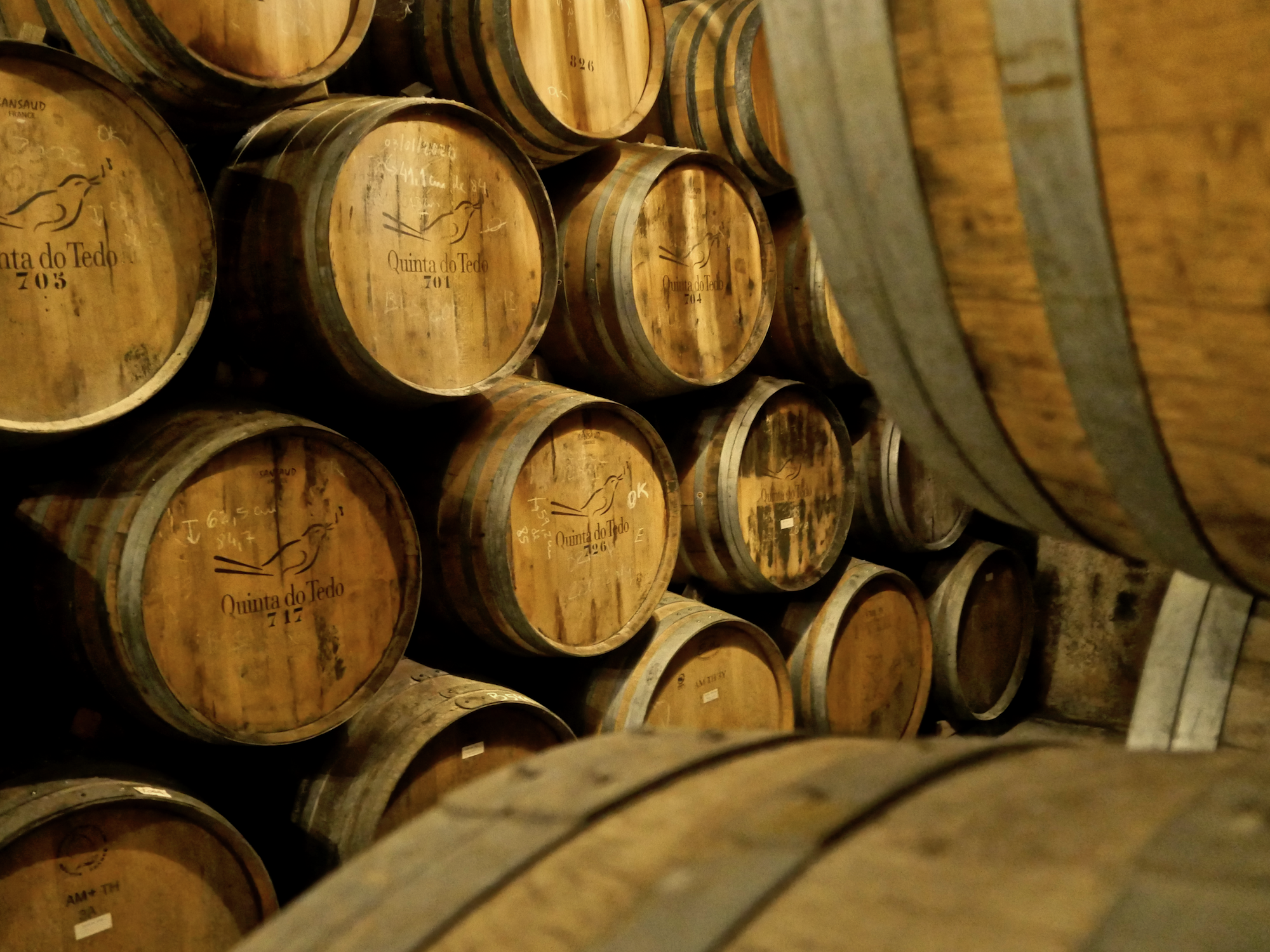For anyone involved in the Port industry, when the “beneficio” is issued we all pay attention. This quota, which affects not only the Port business but also the dry wine business in Douro Valley, is the right to produce X amount of must per hectare of vineyard to make Port, and is controlled by the Instituto dos Vinhos do Douro e do Porto, or IVDP.
The beneficio fluctuates every year depending on the quality of the grapes, the market demand and the actual stock of Port on the market before harvest. Announced in August before the harvest, the higher scoring vineyards A and B (the ranking goes down to I) receive higher quotas. Of note, Quinta do Tedo is proudly ranked A; A and B vineyards make up only 2.5% of all vineyards in Douro Valley.
The 2021 beneficio, released this August!
This quota limits each vineyard owner to how much of their crop can be used to make Port, which in turn allows the producer to purchase the government-controlled amount of aguardente or neutral grape brandy to fortify the Port for the year. As “hyper-controlled” as this sounds in today’s free-market world, the beneficio succeeds in regulating the Port market.
So why does this matter to Douro dry wine producers? Producers are legally limited by the Douro appellation to produce 5,500 litres of must* per hectare, or 3.25 tons per acre (as compared to 4,300 – 6,800 litres/hectare or 2.5 – 4 tons/acre in Napa Valley, or 4,500 litres/hectare or 2.7 tons/acre in Burgundy). *Must is the juice pressed from grapes before fermentation starts.
Tour Guided Tiago loves helping out during harvest - here he is spreads the freshly harvested Port grapes out into our lagares to later foot-tread!
At Quinta do Tedo, known principally for our internationally-acclaimed Ports, our vineyards produce about 3,500 litres/hectare, lower than average production for Douro Valley and other famous wine regions. In 1997, our beneficio was 2,982 liters/hectare; in 2021 it is 1,890 liters/hectare.
What to do with the 1,610 liters/hectare extra this year? Douro dry wine!!! We started to sell our Douro dry wines in 1999. Today, our Douro dry wines make up 32% of our production, in line with other Port AND Douro dry wine producers in our region. And the grape varieties for Porto make beautiful Douro dry wines – Red and Rosé at Quinta do Tedo!
In the last 20+ years, many small producers who, in the past, sold grapes to large negociant Port Houses that controlled the export market, decided to go on their own to make Douro dry wine that is less regulated, requires a smaller initial investment and can be sold without many years of ageing. Today, even the large producers and negociants produce an equally important amount of Port and Douro dry wine.
To be a Port producer the investment is big and the return is long term. By law, a minimum number of hectares of vineyards is required, as well as an ageing cellar and room to store 550-litre pipas (barrels), and larger balseiros (upright tanks), not to mention the expensive aguardente used to fortify the partially-fermented must to then age it for at least 3 years for a young Ruby or 7 – 10 – 20 – 30 years or more for aged Ports and Tawnies! Plus, Port producers are required to have a minimum of 3 years worth of stock in the cellar at all times.
READY, SET, HARVEST!
Daughter Odile, who graduated with a Masters in Wine Tourism in 2020, believes that “the incrementally decreasing beneficio allowances and growing wine tourism trends and international interest in Portuguese dry wines have pushed Douro's Quintas to produce and sell higher quality Douro dry wines and not just Port. This also helps diversify the region's economy and open up doors for smaller producers to build their brands and reshape a more sustainable image of Douro as a quality Port AND Douro dry wine region”.
Port will always be the glory of Portugal, a unique product that hails only from Douro Valley, the world’s first demarcated and controlled wine region. Both Port and Douro dry wines make this region all the more renowned. We are honoured to be a part of this evolution at Quinta do Tedo!
For this 2021 harvest (which kicked off TODAY!), the IVDP has determined that 104,000 pipas of must will be made; to calculate how much Port this translates into, consider 28% of aguardente will be added to fortify the must, so a total of 133,120 pipas or 97,621,333 bottles of finished Port will be made!










